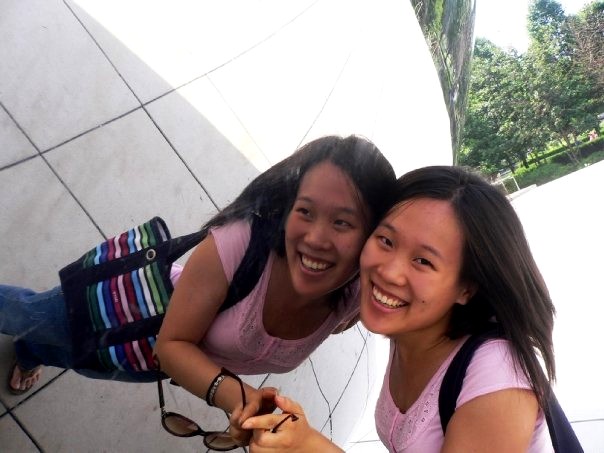MBF Bioscience Sponsors Washington University Student at Neuroscience 2010
Between biology classes and baking, Washington University undergraduate Connie Tsai studies the circadian rhythm at The Herzog Lab. Last October, she had the chance to present a poster at the Society for Neuroscience Annual Meeting in San Diego thanks to a FUN Undergraduate Student Travel Award sponsored by MBF Bioscience. See what the future neuroscientist has to say about dancing, immunohistochemistry, and Neuroscience 2010.
Did you always know you wanted to be a scientist?
Ever since I first watched Bill Nye the Science Guy when I was six, I told everyone that I wanted to become a scientist when I grew up. I did change my mind a few times, but my classes and lab experiences in college have proved to me that I really do want to be a research scientist.
Why did you decide to go into Neuroscience?
I was in a freshman seminar in biology that hosted guest lecturers each week to talk about their research. I found myself being most interested in the types of questions and experiments used in neuroscience.
How do you like working at the Herzog Lab?
I love working in the Herzog lab! Dr. Herzog is a patient and supportive mentor. He always has a minute to answer a question and encourages undergraduates to present their work. The graduate students and post docs are also very encouraging since they are always willing to explain concepts and teach new methods. I am grateful for the wonderful experiences I have had working with Dr. Herzog and my bench mentors and for the opportunity to study an interesting question and to learn a wide range of lab techniques.
What have been some of the most exciting things you’ve done there?
Immunohistochemistry staining is absolutely beautiful. It’s exciting to see the processes of single neurons. Beyond the research I presented at SfN, I have also been working with Dr. Luciano Marpegan, a post doc in the lab, to study gap junction expression in glia. I was able to infect astrocytomas with a lentivirus that carried luciferase. This allowed me to record bioluminescence from single cells!
How was your experience at the Society for Neuroscience Meeting in San Diego?
SfN was a lot of fun because you can visit posters that are highly related to your research and attend special lectures that provide a good introduction for an entirely different field. The sheer magnitude of the conference was a bit daunting at times, but it meant that I always had posters to see or people to meet.
What was the most exciting thing about the meeting for you?
I really enjoyed presenting my work and interacting with researchers in my field. It’s exciting to have someone else interested in your results!
Briefly describe the poster you presented.
I have been working with Sungwon An, a graduate student in the lab, to study circadian communication in the master mammalian pacemaker, the suprachiasmatic nucleus (SCN). I have been using Immunohistochemistry to characterize the temporal and spatial distribution of VPAC2, the most abundant vasoactive intestinal polypeptide receptor in the SCN. Our results show that VPAC2 is highly expressed throughout the SCN. We currently do not have evidence for circadian expression of VPAC2.
What do you hope to be doing in the future?
After college, I plan to study neuroscience in graduate school. I would then love to spend a few years abroad for postdoctoral research. I hope to eventually become a research scientist, professor, and mentor to future generations of scientists.
Aside from science, what are your other interests?
I love to dance and to cook. I have danced since elementary school and performed in several full-length ballets. I also love to bake. I think it’s because I like to experiment with the structure and flavor of cookies and cakes.



